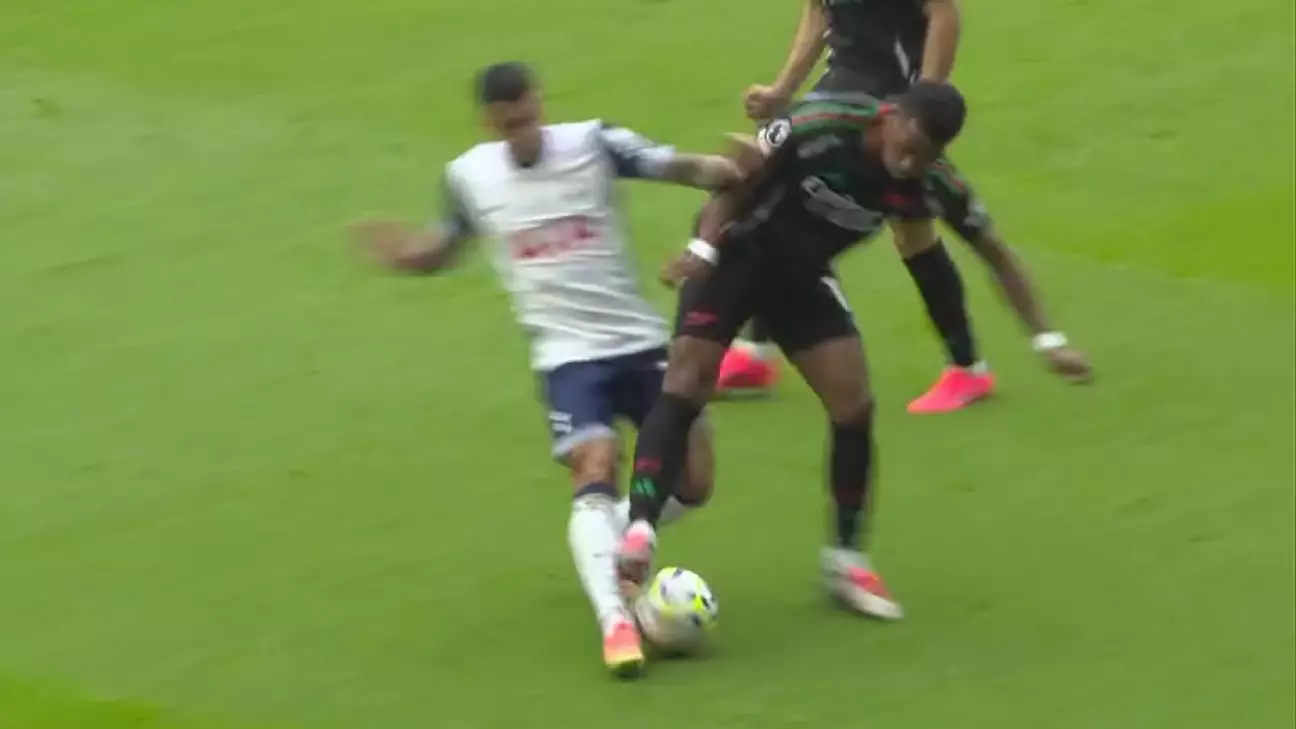The introduction of the Video Assistant Referee (VAR) system has sparked intense discussions in the world of football, particularly within the Premier League. Each week, matches involve critical decisions influenced by VAR, which often lead to controversy among fans, players, and coaches alike. This article aims to dissect the principles behind these decisions, as well as the legal frameworks that govern them, through a closer examination of recent events within the league.
Understanding how VAR functions requires knowledge of the protocol that governs its application. VAR uses on-field referees’ decisions as its foundation, intervening primarily in four scenarios: goals, penalties, direct red card incidents, and mistaken identity. When a potentially contentious decision is identified, the VAR team is responsible for reviewing the incident based on video evidence from multiple angles to ascertain whether the on-field decision should be upheld or overturned.
This process, while designed to enhance the accuracy of officiating, often leads to debates regarding the subjectivity of certain judgments. For instance, some incidents hinge on how “clear and obvious” an error is perceived to be, leaving room for interpretation. This inherent subjectivity becomes especially pronounced in instances involving physical challenges or close offside calls.
Various recent incidents demonstrate the challenges and complexities involved in VAR decision-making. A notable example is the challenge by Arsenal’s Jurriën Timber on Pedro Porro, which resulted in a cautious yellow card from referee Jarred Gillett; a decision change was not deemed necessary by VAR. Comparisons are often drawn to Curtis Jones’ red card last season involving a similar challenge. Factors that play a crucial role in determining the severity of a tackle include the angle of approach and the degree of force applied. In Timber’s case, minimal contact suggested a less serious infraction than that seen in the incident involving Jones.
Additionally, another fascinating incident occurred when Crystal Palace’s Jean-Philippe Mateta was awarded a goal that raised offside concerns. The VAR confirmed the goal despite widespread skepticism from the Leicester City bench. This situation underscored the ongoing struggles regarding the clarity of offside technology, as managers frequently demand access to definitive images to justify decisions that have substantial implications on match outcomes.
The challenges faced in VAR decisions are often compounded by the limitations of the technology currently in use. For instance, the forthcoming introduction of semi-automated offside technology represents a shift towards greater accuracy. Nevertheless, during this transitional phase, discrepancies may arise. In weighing goals determined under the existing VAR system against those evaluated by the upcoming technology, clubs may find themselves grappling with inconsistent application of offside rules within a single season, raising fairness questions.
The aforementioned circumstance concerning Crystal Palace illustrates this dilemma effectively. Crystal Palace’s goal, confirmed under the existing VAR system, may very well be ruled offside with the newly implemented semi-automated system. This uneven dynamic between technological systems not only raises doubts about consistency but also provokes broader discussions regarding fairness in officiating.
Other notable incidents worth examining include Jack Stephens’ red card against Manchester United. Initially, the decision appeared controversial, yet upon review, the severity of the challenge led to uphold the red card—highlighting the nuanced interpretations that referees and VAR must navigate. A similar scenario unfolded with Mateo Kovačić’s challenge on Yoane Wissa, where VAR intervention determined that his foul lacked the necessary force for a red card despite serious consequences for the player involved.
The variety of decisions made through VAR reflects the multifaceted nature of football officiating. Each incident hinges upon a constellation of interpretations, which may align or diverge based on individual perspectives. Those within the football community often express their frustrations, particularly during critical match moments affected by VAR decisions.
The implementation of VAR within the Premier League facility aims to enhance the accuracy of officiating while reducing human error. However, the controversies surrounding its application often leave fans and professionals questioning whether the changes have indeed brought about substantial improvements. As technology continues to evolve and new systems are implemented, it remains essential for all stakeholders to engage in open discussions to address the ever-present complexities within football officiating. The balance between technological advancement and the spirit of the game must remain at the forefront as the league navigates this intricate terrain.
